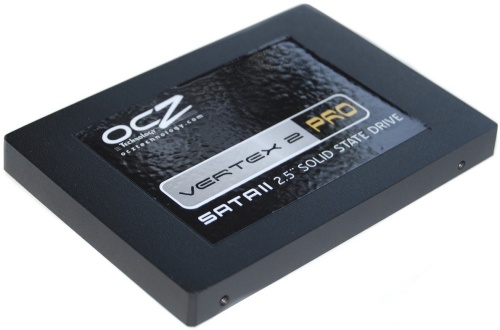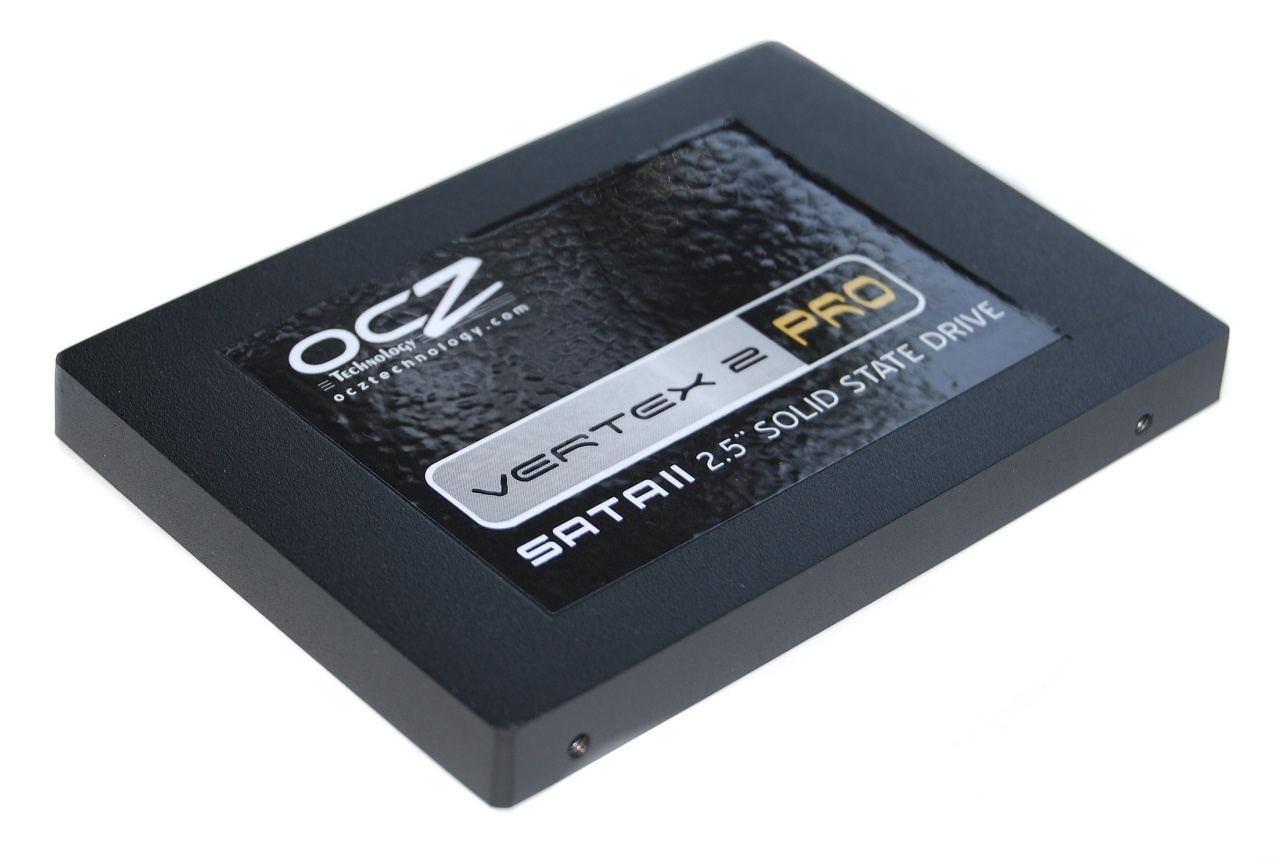While we don't expect solid-state drives to become mainstream just yet, they are by all means moving quickly in that direction. Current generation SSDs deliver more value than ever before, plus they have the speed advantage, features, and adequate capacity to become viable alternatives to standard disk drives to most users.
One of the driving forces behind SSD technology has been Intel, whose drives have always remained one step ahead of the competition. Not surprisingly, the second generation Intel X25-M is arguably the best MLC-based solid-state drive money can buy.
That's not to say there are no more choices out there, but quite the contrary as you've seen us reviewing a variety of drives from different manufacturers, and perhaps most importantly using different controllers under the hood. The Crucial M225, A-DATA S592, and of course, the original OCZ Vertex are all great examples of quality Indilinx Barefoot-based SSDs. In fact, the OCZ Vertex is likely the most recognizable and praised Indilinx SSD series, and for good reason.

SSD technology is still young and there's often the need for updated firmware that can correct compatibility issues, add new features, and even improve performance in some cases. Without a doubt, OCZ has been the busiest manufacturer when it comes to firmware releases, keeping their products such as the Vertex constantly up to date.
OCZ has also been very aggressive with their SSD line up, offering a multitude of products based on a range of different controllers. As time has passed, the majority of their drives have adopted the Indilinx Barefoot controller as it has stood out as the best alternative to Intel's. Then late last year we received an interesting announcement suggesting that the majority of OCZ's next generation SSD products would be dropping Indilinx in favor of a new controller from an unheard of company called SandForce.
SandForce is not an SSD manufacturer and only create the controller. At the moment they are developing two controllers, the SF-1200 and SF-1500, both of which will be used by OCZ. The SF-1200 is the consumer-oriented model supporting only MLC flash memory, while the SF-1500 is designed for the enterprise market, adding support for SLC flash.
OCZ's first SandForce-based SSD will be the Vertex 2 Pro which is set for release this March. The Vertex 2 Pro uses the SF-1500 controller with MLC memory and is intended to provide enterprise-level reliability and performance. Therefore, the Vertex 2 Pro is not going to be an affordable SSD as its primary focus will be on performance.
The more popular choice is likely going to be the Vertex 2 that will use the SF-1200 controller. This version should deliver similar performance to the Vertex 2 Pro with the exception of random writes, which is said to be lower. Still we are keen to see how the SandForce SF-1500 controller performs as we test OCZ's upcoming flagship SSD.
